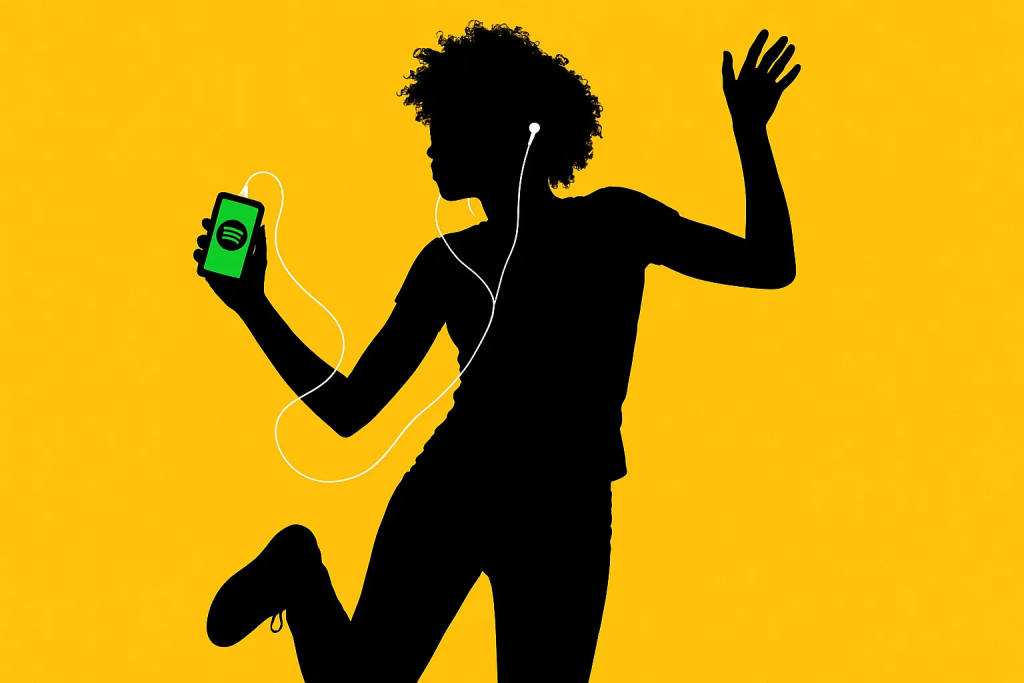Spotify Copies Apple Music’s AutoMix Feature Before iOS 26 Even Ships, Fueling a Heated Streaming War
For years, the rivalry between Spotify and Apple Music has been about catalog size, algorithms, exclusives, and pricing. Now the competition has spilled into the space of seamless listening experiences. Apple unveiled AutoMix in iOS 26, promising to let playlists flow like a DJ set without lifting a finger. Before the software even officially rolls out, Spotify has jumped in with its own version, though with a twist.

Apple Music’s AutoMix: effortless transitions
Apple’s AutoMix works much like the name suggests. Turn it on, and every track automatically glides into the next. It adjusts tempo, pitch, and even skips to choruses when it thinks the blend works better. Early testers say it shines in electronic and house music, where tracks share similar beats per minute, but users have also praised its handling of genre crossovers like hip hop sliding into pop ballads.
The key is that Apple’s feature is invisible. There are no knobs to turn or presets to pick. It’s meant to be hands-off, just letting listeners enjoy the illusion of a continuous mix, powered by Apple’s AI.
Spotify’s take: give users the DJ booth
Spotify’s new beta feature, available only to Premium subscribers, doesn’t hide the controls. Instead, it hands them to the user. Inside the playlist view, a new “Mix” option appears, offering an “Auto” mode for instant transitions but also letting you dive deep.
Listeners can pick from presets like “Fade” or “Rise” or manually tweak volume curves, EQ, and effects. For the first time, Spotify is exposing waveform and beat data, so users can decide exactly where in each track the transition should happen. Think of it as a lightweight DJ software built into the app.
This isn’t just AutoMix copy-pasted. It’s Spotify leaning into the creative community that already spends hours curating playlists, now giving them tools to sculpt how those playlists sound.
Two philosophies of music streaming
The contrast is striking.
- Apple Music: automation, simplicity, powered by AI. It’s an enhancement layered on top of everyday listening, ideal for people who want more polish without more effort.
- Spotify: customization, control, powered by user choice. It turns playlist creation into something closer to DJing, catering to enthusiasts who want to shape every transition.
Both approaches have merit, and both show where the companies believe their audiences lie. Apple assumes casual listeners want a passive experience. Spotify bets its subscribers want to tinker.
The missing pieces that fans still demand
Despite the excitement, both platforms face criticism. Apple Music fans love AutoMix but still grumble about clunky discovery tools compared to Spotify’s recommendation engine. Meanwhile, Spotify users wonder why flashy mixing features arrive before long-promised upgrades like lossless audio, Dolby Atmos, or reliable AirPlay streaming.
Some users even dismiss the whole debate, pointing out that DJ-style transitions have existed in music software for decades. For them, AutoMix and its cousins are more about marketing than innovation.
Why timing matters
The biggest shock isn’t that Spotify launched a transition feature, but that it beat Apple to public rollout. Apple’s AutoMix is still tied to the iOS 26 release window, weeks away. By announcing its feature now, Spotify managed to grab headlines and frame itself as the innovator, even if the timing suggests it fast-tracked development to counter Apple’s buzz.
This speaks to the heightened competition in music streaming, where differentiation is razor thin. Both companies already offer nearly identical catalogs at similar prices. Features like AutoMix aren’t game-changers by themselves, but they shape perception. If Spotify can market itself as the platform where you make music yours, while Apple positions itself as the place where music sounds seamless, each side carves out an identity.
What it means for listeners
For casual listeners, the result is simply more choice. Whether you prefer to let AI run the show or fine-tune every crossfade, both major players are now offering tools to make playlists flow better.
For power users, especially those who build playlists as a kind of art form, Spotify’s tool may be more appealing. Imagine curating not just the songs but the way they blend, picking the perfect spot where a chorus melts into the next track’s drop.
And for Apple fans, AutoMix arriving with iOS 26 means the days of clunky gaps or basic crossfades are gone. Even if Spotify took the lead in rollout, Apple’s solution will be sitting inside the default Music app on hundreds of millions of devices overnight.
The bottom line
What looks like a small feature fight is really about bigger positioning in the streaming wars. Apple wants to showcase the power of its ecosystem and AI, proving it can make music smarter without effort. Spotify wants to be the playground for creativity, a place where playlist curation evolves into mixing.
Whether either feature changes subscriber numbers remains to be seen. But one thing is certain: seamless transitions are no longer niche. In 2025, both streaming giants want your playlists to sound less like shuffled tracks and more like a personal DJ set, and they’ll battle hard to own that experience.